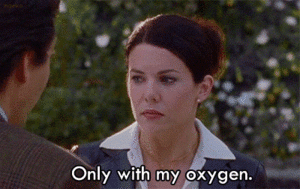- Joined
- Apr 30, 2005
- Messages
- 33,278
I read this while sipping my morning coffee ... in California.
Good Bye Cruel World!
http://www.bbc.com/news/world-us-canada-43594645
Good Bye Cruel World!
http://www.bbc.com/news/world-us-canada-43594645









300x240.png)